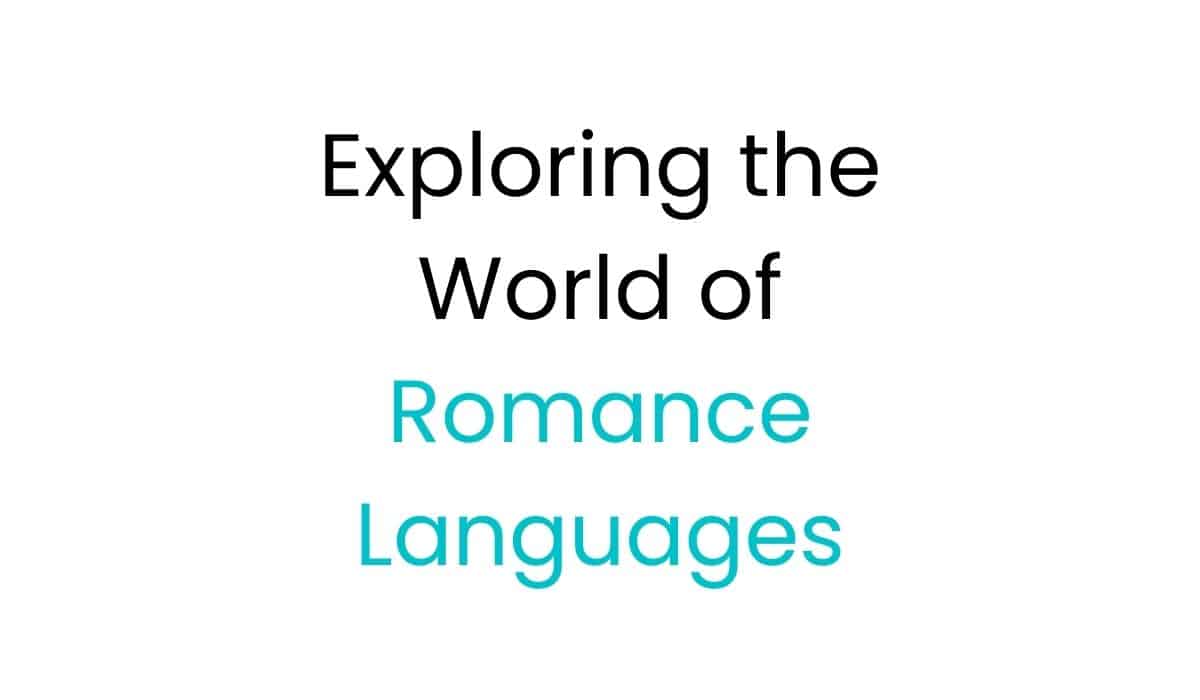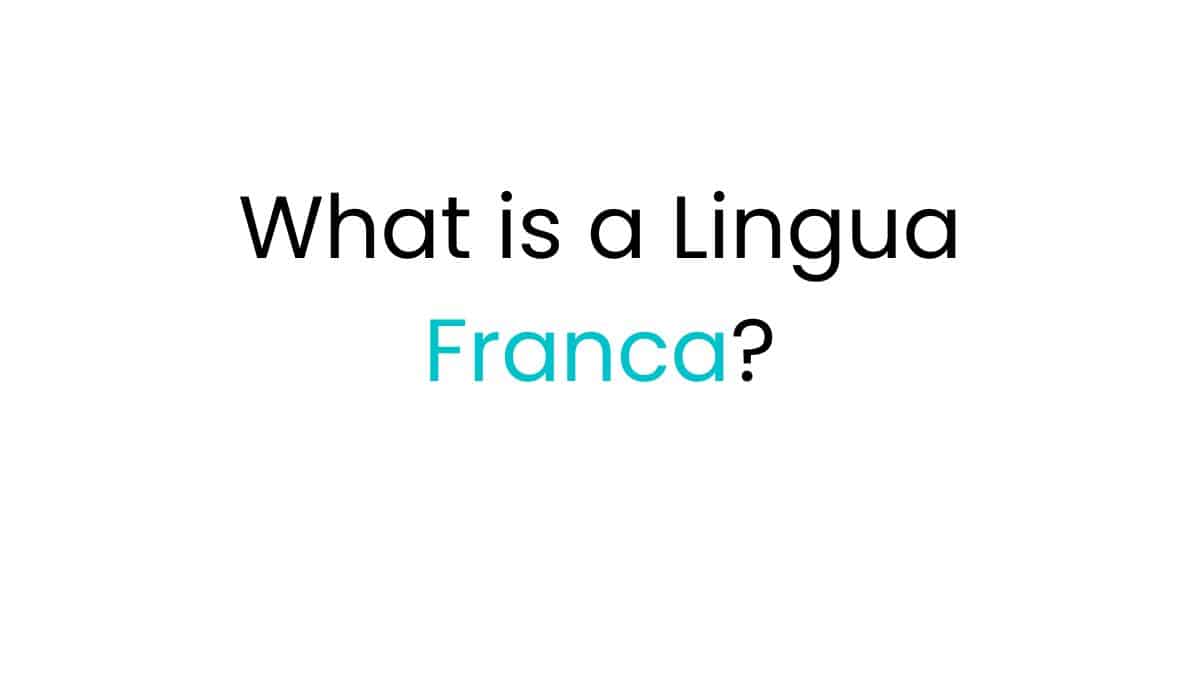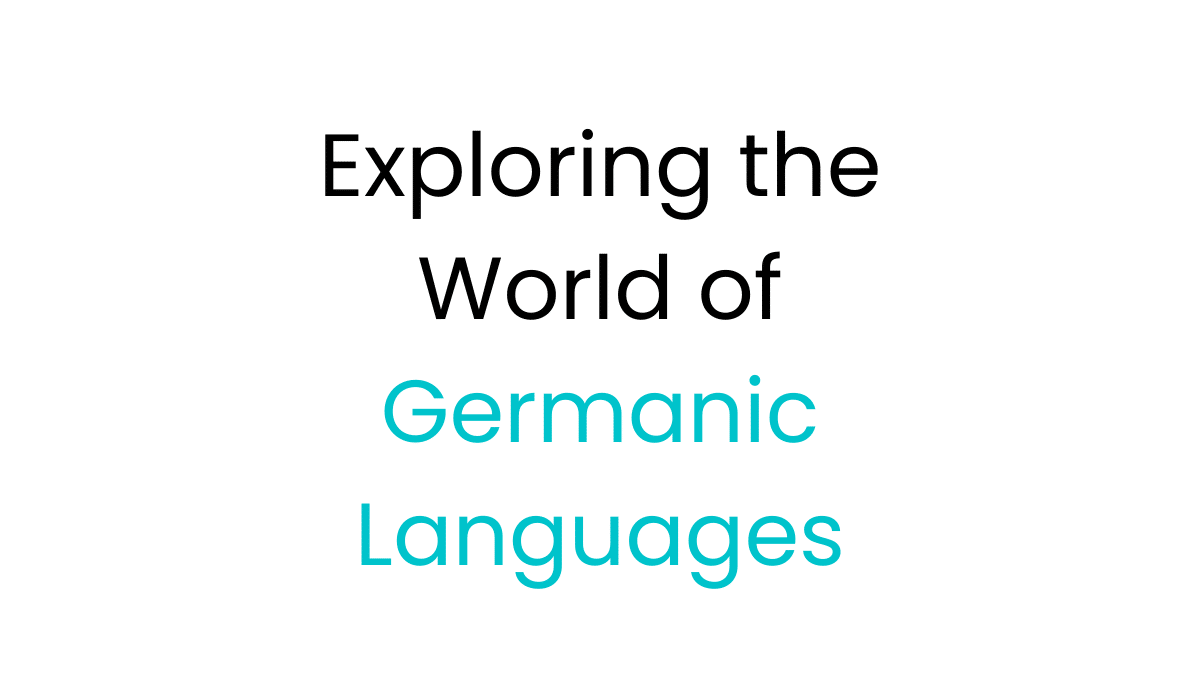In Switzerland, a beautiful country, lies a special language. Swiss German is the main language for most people. It’s used by everyone, no matter their background. Even though it’s not an official language, it’s a key part of Swiss life.
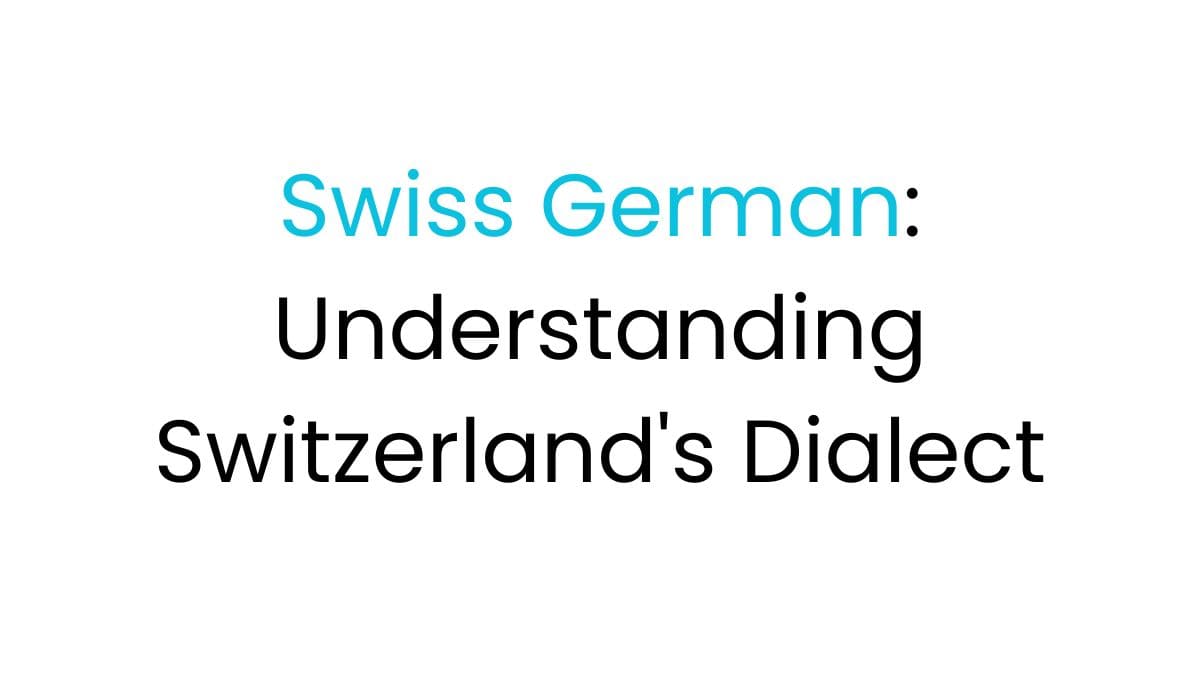
Swiss German is made up of many Alemannic dialects. It’s different from Standard German. To really get what makes Switzerland special, we need to understand Swiss German. This article will show you why it’s important and how it connects to Swiss culture.
Key Takeaways
- Swiss German is a collection of Alemannic dialects spoken in the German-speaking regions of Switzerland.
- Swiss German is the predominant spoken language in Switzerland, used across all social levels, but it is not an official language.
- Each canton in Switzerland has its own unique dialect of Swiss German, contributing to the country’s linguistic diversity.
- Swiss German differs significantly from Standard German in terms of pronunciation, vocabulary, and grammatical structures.
- Swiss Standard German is used in official settings, while Swiss German is the language of daily conversations.
What is Swiss German?
Swiss German is a term for the Alemannic dialects spoken in Switzerland’s German areas. It’s not one language but many local and regional dialects under one name. These dialects change a lot from one canton to another, and even within the same city. Yet, they all share a common Alemannic background and are mostly understandable to each other.
Swiss German as an Umbrella Term
Switzerland has four official languages: German, French, Italian, and Romansh. But Swiss German isn’t an official language because it’s not one language. It’s a term for the many Alemannic dialects in the German-speaking parts of Switzerland. Each canton has its own Swiss German dialect, making German people often need subtitles for Swiss German TV.
Even with all these different dialects, Swiss German speakers can usually understand each other. This is because they share Alemannic roots. But how well they understand each other can change based on the dialects and how familiar they are with different regional ways of speaking.
- Switzerland has four official languages: German, French, Italian, and Romansh.
- Swiss German is not a single, standardized language, but rather a collective term for various Alemannic dialects.
- Each canton in Switzerland has its own distinct Swiss German dialect.
- People from Germany often need subtitles to understand Swiss German television.
- Swiss German speakers can generally understand each other due to the shared Alemannic roots of the dialects.
Related: Languages Of Switzerland
Linguistic Classification and Distribution
Swiss German dialects fall into three main groups: Low Alemannic, High Alemannic, and Highest Alemannic. These dialects are linked to Switzerland’s geography and history. They show the country’s rich linguistic diversity.
Low Alemannic is spoken in the north, like in the Basel area. It’s similar to the Alsatian dialect. High Alemannic is found across the Swiss Plateau, split into eastern and western groups. Highest Alemannic is spoken in the Alps.
The spread of these dialects was shaped by events like the Walser migration in the 12th and 13th centuries. This migration helped spread Highest Alemannic to new areas. This shows Switzerland’s deep cultural roots, where many languages coexist with the four official ones.
Swiss German dialects are seen as syllable languages, unlike Standard German, which is a word language. This affects how people speak and the sounds they use.
| Dialect | Region | Characteristics |
|---|---|---|
| Low Alemannic | Northern Switzerland (Basel region) | Closely related to Alsatian dialect |
| High Alemannic | Swiss Plateau (Eastern and Western subgroups) | Spoken across the Swiss Plateau |
| Highest Alemannic | Alpine regions of Switzerland | Influenced by the Walser migration |
Relationship with Standard German
Swiss German includes many dialects spoken in Switzerland. It’s different from the Standard German used in official settings and schools. Swiss Standard German is very close to the German used in Germany. But, Swiss German has its own way of speaking, with different sounds, words, and grammar.
Differences in Pronunciation and Vocabulary
Swiss German has a unique “ch” sound that sounds more guttural. It also doesn’t have diphthongs and uses the present perfect tense. Plus, it has borrowed words from French and Italian, showing Switzerland’s diverse language scene.
This makes Swiss German hard for Standard German speakers to understand. When Swiss German is on TV in Germany, subtitles are often needed.
| Characteristic | Standard German | Swiss German |
|---|---|---|
| Pronunciation of “ch” | Soft “ch” sound | Guttural “ch” sound |
| Diphthongs | Present | Absent |
| Tense Usage | Simple Past | Present Perfect |
| Vocabulary | Predominantly German-derived | Includes loanwords from French and Italian |
Switzerland’s Swiss German dialects show the country’s rich language diversity. They are often hard for Standard German speakers to understand. This highlights Switzerland’s unique cultural and linguistic heritage.
Swiss German in Everyday Life
In Switzerland, Swiss German is the main language for most people in the German-speaking areas. It’s used by all social groups, not seen as inferior. Swiss German is key in daily life, from chatting with friends to during school breaks. Its use shows its importance in Swiss culture and language variety.
Swiss German dialects are a big part of everyday talk in Switzerland. Each area has its own unique dialect, making communication across regions sometimes hard. For example, Bern’s people love their Berndeutsch, while Zurich’s folks are proud of Züridütsch. These dialects help shape Swiss culture and social groups.
- Swiss German lacks a perfect tense, and the past tense is used instead.
- The use of auxiliary verbs like “sein” (to be) and “haben” (to have) differs in Swiss German compared to High German.
- Swiss German has no official standardized spelling, but there are guidelines that formulate rules.
- With the advent of new media, Swiss German is increasingly being written, especially by young people through platforms like WhatsApp and email.
- The use of ligatures and unique letters like “ß” in Swiss German spelling is an essential feature that distinguishes it from standard German.
- Many Swiss words come from French, and some have Latin origins due to the language being spoken in four parts, partly influenced by the proximity to France.
The linguistic diversity of Swiss German is a source of pride and cultural richness for the Swiss people. Its everyday use highlights its role in keeping Switzerland’s unique regional languages alive. This helps maintain its distinct identity in the German-speaking world.
Swiss Standard German
In Switzerland, Swiss German is the main language spoken in German-speaking areas. But, there’s also a standardized written form called Swiss Standard German (Hochdeutsch). This shows a unique mix of spoken and written languages in Switzerland.
Swiss Standard German is taught in schools and used for official documents and formal writing. It’s very similar to the Standard German spoken in Germany, but it doesn’t have the letter “ß” (sharp s).
Recent data shows that about 10% of Swiss residents, which amounts to 828,200 individuals, speak High German (Standard German) at home. This is mainly because of German or Austrian immigrants. In Zürich, by the end of 2013, out of the 272,700 Swiss residents living there, only 40% were from Zürich itself, while 51% were from the entire canton of Zürich. This shows a lot of people moving between cantons, about 5% each year.
Swiss Standard German is used in formal places like news broadcasts and official meetings. It’s the official written language in German-speaking Switzerland and Liechtenstein. You can find it in literature, newspapers, and even in dialect stories.
Swiss Standard German has its own spelling rules, unlike Standard German in Germany and Austria. It changed the German letter “ß” to “ss” in the 20th century. This shows the rich linguistic diversity of Switzerland, with four official languages: German, French, Italian, and Romansh.
Historical Development
The Swiss German dialects have a long history that goes back to the evolution of language in southern Germany. The high german consonant shift was a key event that changed the sound of Swiss German. It happened between the 4th and 9th centuries.
Most Swiss German dialects fully adopted this shift, unlike standard German. This shift changed sounds like “k” to “ch” and “t” to “ts” or “s”. These changes make Swiss German sound different from standard German.
The High German Consonant Shift
The high german consonant shift was a big change in language that affected alemannic german dialects in Switzerland. Over many centuries, it changed how consonants sounded. This led to the creation of unique languages and dialects.
| Region | Dialect Prevalence |
|---|---|
| Valais | Less than 6% of the population speaks dialect |
| Fribourg | Less than 4% of the population speaks dialect |
| Jura | Just under 3% of the population speaks dialect |
The Walser migration in the 12th and 13th centuries also helped spread highest alemannic dialects across Switzerland. This event added to the country’s language diversity.
Cultural Significance
Swiss German dialects are a big part of Switzerland’s culture and heritage. They show a strong sense of belonging among the German-speaking Swiss. These dialects reflect the country’s rich language and the Swiss people’s deep connection to their traditions and communities.
Swiss German is big in media, literature, and music, showing its importance and the Swiss pride in their language. It’s seen in traditional music and art, and even in modern creations. Swiss German shapes the nation’s culture.
Switzerland has four national languages – German, French, Italian, and Romansh. This shows the country’s rich cultural mix. The 26 cantons each add to this mix, shaped by the Alps since the 14th century.
Swiss icons like chocolate, cheese, watches, and Swiss Army knives show the Swiss people’s deep connection to their traditions. They, along with folk art in music and dance, highlight Swiss German culture’s lasting impact.
| Vowel Changes | Zürich Dialect | Most Swiss Dialects |
|---|---|---|
| Short /e/ | e | i |
| Short /o/ | o | u |
| Long /e/ | e | i |
| Long /o/ | o | u |
Some Swiss German traditions, like yodeling, are found mainly in the mountains. Yet, these traditions greatly shape Switzerland’s identity. Keeping Swiss German alive will keep Switzerland’s culture vibrant and unique for the future.
Challenges and Preservation Efforts
Despite its common use, Swiss German dialects face challenges in being passed down to future generations. The Swiss people’s growing mobility and the influx of non-Alemannic speakers in cities are making dialects less distinct. English’s dominance and the use of Standard German in official settings also threaten Swiss German.
However, efforts are underway to protect the linguistic diversity and heritage of these dialects. These efforts include teaching Swiss German in schools and promoting cultural activities based on dialects. Studies on Swiss German dialects are few, focusing mainly on New Glarus, Wisconsin, and the dialect near Berne, Indiana.
Recordings from the 1960s show how a Swiss heritage dialect developed in New Glarus. Since 1845, schools there taught both Swiss German dialect and High German. But, the decline of German teaching started with the Bennet Law in Wisconsin in 1889, making English the main language for subjects.
The threat of language endangerment is global, with up to 90% of languages at risk by the end of this century. Preserving minority languages and heritage languages like Swiss German is vital. We can learn from efforts like Jean Rohleder’s in New Caledonia, where a writing system and a dictionary were created for the Vamale language.
Switzerland’s recognition of four national languages contrasts with New Caledonia’s focus on French, putting pressure on local languages. Support from both government and local communities is key to keeping Swiss German alive in education and culture. This will help preserve the linguistic diversity and heritage of these dialects.
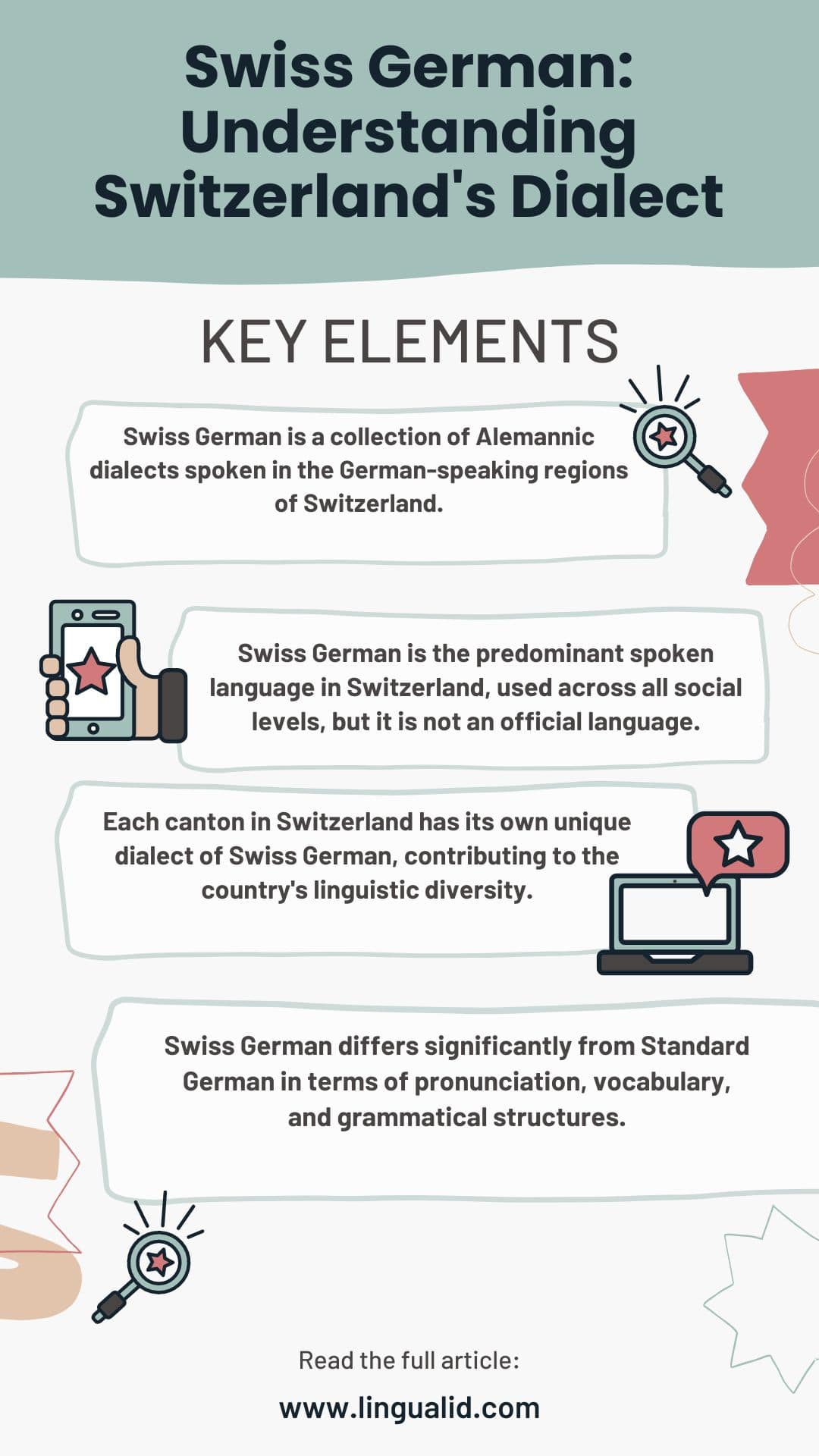
Conclusion
Swiss German is a rich mix of languages that shows the cultural roots of Switzerland’s German-speaking areas. It’s the main language used every day, alongside the formal Swiss Standard German. Swiss German dialects have their own sounds, grammar, and words, making Switzerland’s language scene diverse and proud.
Yet, these dialects face challenges from globalization and language changes. Efforts are being made to keep this important part of Swiss culture alive for the future. Features like the ‘R’ sounds and special words like “Grüezi” and “Schoggi” show how Swiss German is part of the country’s identity.
Switzerland values its language diversity, and keeping Swiss German dialects alive shows the depth of human language. By celebrating these dialects, we honor the past and encourage future generations to value their linguistic heritage. This makes Switzerland a lively and interesting place.
FAQ
What is Swiss German?
Swiss German is a term for the Alemannic dialects spoken in Switzerland’s German areas. It’s not one language but many local dialects. These differ a lot from Standard German.
How are Swiss German dialects classified?
Swiss German dialects are grouped into three main types: Low Alemannic, High Alemannic, and Highest Alemannic. These groups are linked to Switzerland’s geography and history. The Walser migration helped spread Highest Alemannic dialects.
What are the differences between Swiss German and Standard German?
Swiss German sounds different from Standard German in how it’s spoken, the words used, and its grammar. For instance, Swiss German has a guttural “ch” sound and uses the present perfect tense. It also has words borrowed from French and Italian.
What is the role of Swiss German in everyday life?
Most people in Switzerland’s German-speaking areas speak Swiss German daily. It’s used in everyday talks and casual gatherings. This shows its importance in Swiss culture and language variety.
What is the relationship between Swiss German and Swiss Standard German?
Switzerland has a standardized written form called Swiss Standard German (Hochdeutsch). It’s used for official papers, books, and formal events. Swiss Standard German is almost the same as German Standard German but lacks the letter “ß” (sharp s).
What is the historical development of Swiss German dialects?
Swiss German dialects evolved with the High German Consonant Shift, a sound change from the 4th to the 9th centuries. Unlike Standard German, most Swiss dialects fully underwent this shift.
What is the cultural significance of Swiss German?
Swiss German is crucial to Switzerland’s culture and heritage. It shows regional and national identity. The variety of dialects highlights Switzerland’s linguistic richness and people’s connection to their traditions.
What are the challenges and preservation efforts for Swiss German?
Swiss German faces challenges like fewer speakers, more mobility, and English and Standard German use. But, efforts like teaching Swiss German and promoting dialect culture work to keep these dialects alive.
Oualid Cheddadi is the founder of Lingualid, a platform that inspires independent language learners worldwide, regardless of the language they are learning. The name “Lingualid” is derived from the Portuguese word for “language,” “língua,” and the last three letters of Oualid’s name, “Lid.”

